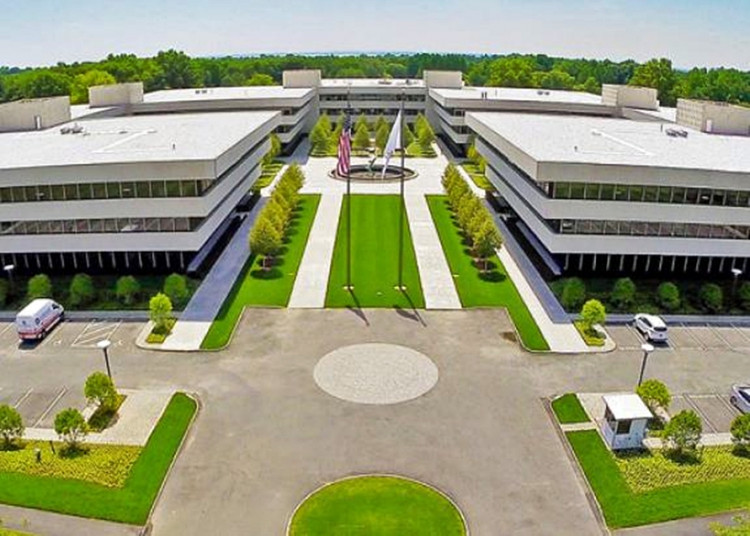PepsiCo is pushing ahead with a massive restructuring program that will see it pay laid-off employees hundreds of millions of dollars and replace these employees with machines.
The company has begun its latest painful round of layoffs at multiple offices and it doing all it can to keep the firings secret. It also said it will "relentlessly" invest in automation to become leaner and more agile.
But the easiest way of getting this done is to fire people en masse. CFO Hugh Johnston told CNBC the company plans to lay off workers in positions that can be automated. His view was seconded by CEO Ramon Laguarta who said PepsiCo is "relentlessly automating and merging the best of our optimized business models with the best new thinking and technologies."
PepsiCo's four-year restructuring plan is expected to cost it hundreds of millions of dollars in severance pay alone. PepsiCo employees at Plano, Texas; the company's headquarters in Purchase, New York, and other locations this week were told they were being laid off.
A few of the workers who were alerted about layoffs will continue to work at PepsiCo until late April to train their replacements in the coming weeks.
The extent of PepsiCo's restructuring was revealed in a quarterly earnings call last week where the company said it expects to incur $2.5 billion in restructuring costs through 2023. More than 70 percent of this loss is linked to severance and other employee costs. PepsiCo said $800 million of the $2.5 billion is expected to impact its 2019 results in addition to the $138 million included in the 2018 results.
As part of the deep restructuring, PepsiCo also plans to close factories. The company has set aside an additional 15 percent for plant closures and related actions.
PepsiCo first announced the restructuring in February 2018. It said it was laying-off less than 1% of its more than 110,000 corporate employees.
PepsiCo also announced a commitment to save $1 billion annually through 2023. It told analysts last week its restructuring will focus on efficiency.
"Our second set of priorities ... involves becoming more capable, leaner, more agile and less bureaucratic," said Laguarta.
"In doing so, we will drive down cost and that enables us to plow the savings back into the business to develop scale and sharpen core capabilities that drive even greater efficiency and effectiveness creating a virtuous cycle."






